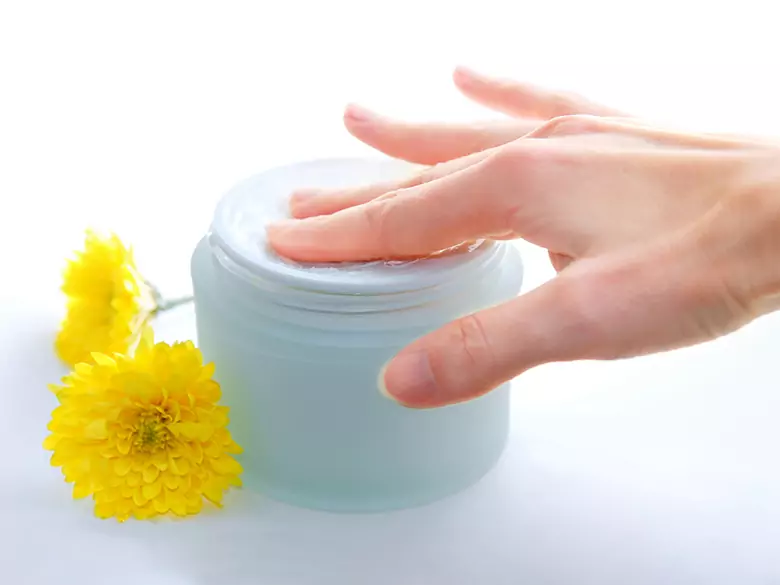For several years now, intensive research has been conducted in aesthetic medicine on the use of transplants of own cells to 'rejuvenate' the skin. During this year's International Congress of Aesthetic and Anti-Aging Medicine, which took place in September this year in Warsaw, considerable attention was devoted to this topic. Why does this method seem so interesting to us doctors...?
The greatest potential of this type of treatment is undoubtedly the possibility of freezing the cultured cells. After treatment, the remaining cells can be frozen and stored for years for further treatments. In my opinion, the best results will be obtained by patients who have the procedure of taking a slice of skin and freezing the fibroblasts as early as possible, because this way, years later, the cells of young skin will be injected into mature skin.

Photo: Microscopic image of human skin - fibroblasts that produce new collagen molecules (procollagen) are stained brown.
It is important to remember that cells also age, not only as a result of damaging factors such as UV radiation, but also simply as a result of undergoing successive divisions. The skin, like any other organ, is a dynamic structure, i.e. there is constant remodelling and renewal.
Therefore, with the passage of time, the skin's fibroblasts age, their ability to divide to produce new cells decreases, and their ability to synthesise collagen and elastin also decreases. The result is a thinning of the skin and a decrease in its elasticity, which manifests itself in the formation of furrows and wrinkles. This is why I see so much potential in biobanking young skin cells.
Recent years have shown that one of the basic directions of research into new treatments for many diseases and degenerative processes (among others resulting from ageing) should be the study of stem cell biology. Very generalistically, there are two types of stem cells: low-differentiated, which can be precursors of various tissues and organs, and specialised, forming only a specific type of tissue.
Of most clinical interest are these low-differentiated cells. However, until now, the only source of such cells could be embryos, which, for a number of reasons, including ethical ones, has been a fundamental impediment to the development of stem cell-based regenerative medicine. Just recently, it has been shown that several different types of stem cells, including low-differentiated cells, are present in the skin. In vitro and in vivo studies have produced such spectacular results as cloning mice from skin cells, obtaining insulin-producing pancreatic islet alpha cells from skin cells, and integrating skin stem cells into nervous system regeneration.









